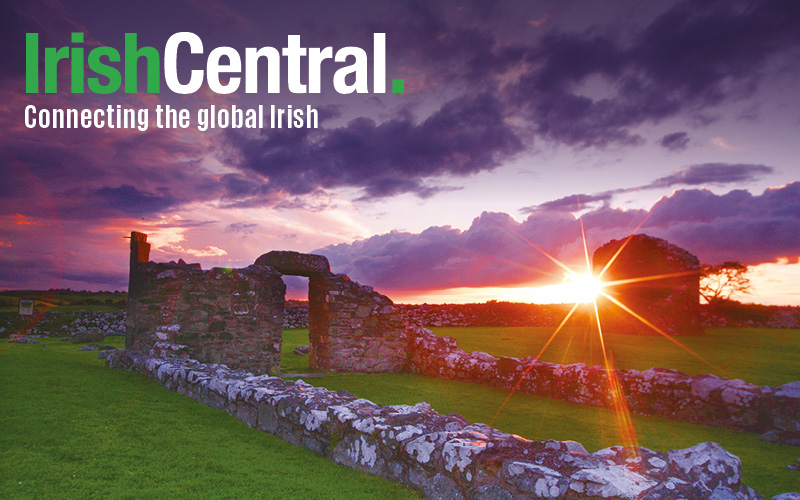What does the current commotion at Knock Shrine tell us about Ireland today? Ten thousand people gathered there last weekend form all over Ireland hoping to see the Virgin Mary appear, as she is thought to have done back in 1879.
Two men from Dublin claim to be visionaries and to be channeling the Virgin, but last Saturday last she failed to appear, at least to most of the faithful gathered, though some say the sun danced in the sky and rumor that a blind man was healed raced through the crowd.
Now the two visionaries claim that the Virgin Mary will make her appearance on December 5, no doubt drawing further crowds to the tiny Mayo village which is a source of great pilgrimage for thousands of Irish every year.
Superstar Susan Boyle was first discovered singing at Knock on an annual pilgrimage from Scotland according to one report. That may have been a miracle in its sown right.
This is serious stuff. Pope John Paul II in 1979 visited Knock as part of his only trip to Ireland, and the international airport a few miles from the village gives ample evidence of how important a location it has become.
The modern day Knock is the creation of Monsignor James Horan, as canny an operator as ever donned clerical garb in the Emerald Isle.
It was he who first invited the Pope to Knock and somehow made it happen despite widespread naysaying and general laughter that the Pope himself would ever visit an out of the way shrine in remote Mayo. They underestimated Monsignor James, however.
When the Pope arrived he said that his visit to Knock was the official reason he had come to Ireland. It was the kind of triumph for Horan that left the Dublin-based mandarins gasping.
Horan used Knock to make his case for rural Ireland and the utter lack of concern for any part of Ireland outside the Dublin pale, which was exemplified by the state planners at the time.
He pointed to the destruction of the 19th century railroad system all over the west of Ireland, and the fact that it was easier to travel to Mayo from Dublin in the latter part of the 19th century than it was in the late 20th.
He also saw that the curse of emigration had decimated counties like Mayo, and his advocacy for Knock Airport was as much about access to the west of Ireland as it was about pilgrims coming to the shrine.
Against all the odds he got his airport, perched on a “foggy and boggy” plain not far from his beloved shrine. Emigrants coming and going, mostly to London and back, filled it well for a time and gave a powerful boost to the local economy. There were even flights from America in the early days.
Like al other airports Knock has had its share of problems since, but it remains a testament to a remarkable man who refused to accept that the west of Ireland should be treated like an inferior hinterland and ignored by Dublin.
He would have had a lot to say in the past few months as the latest Knock controversy heated up. Horan was part showman, part priest, but his desire to help his flock overcame all else.
I have a sneaking suspicion he would have encouraged the pilgrims to come in the hope of seeing the Virgin appear. Horan would have figured the immediate impact on the local economy and acted accordingly.
Horan died, fittingly for a man who performed miracles for his people, on a trip to Lourdes, and his body was flown back in through Knock Airport and buried in the grounds of the Knock Shrine.
He lies there today, a testament to what one man’s vision could accomplish for one of the most impoverished and rural areas of Ireland.
The real miracle at Knock was Monsignor James Horan, not the Virgin Mary. What the place needs now that a terrible recession has hit is Horan, not the Virgin Mary, to show up again.




Comments